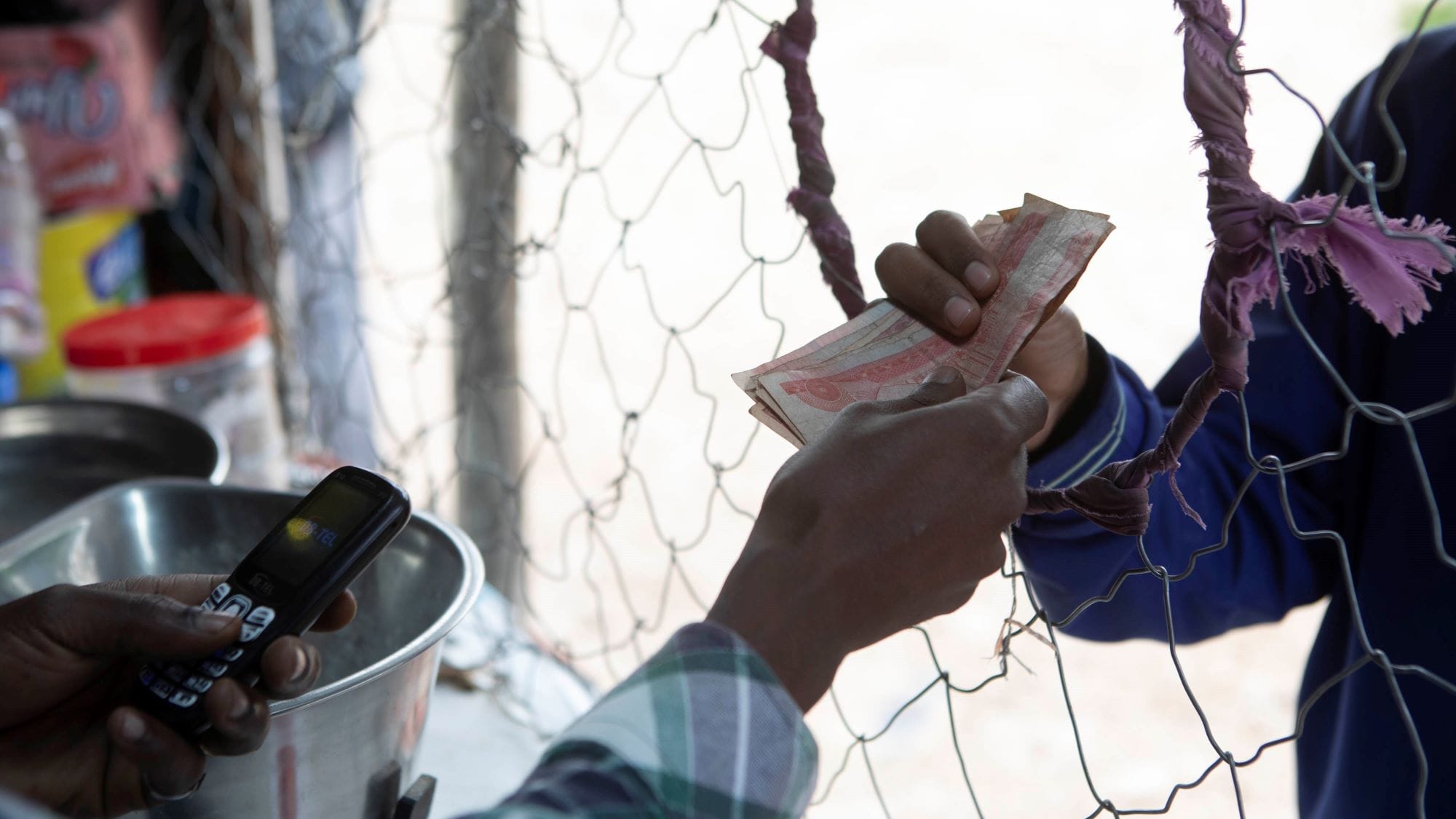Workforce development was a relatively late addition to the $25 million Preparedness, Planning and Economic Security (PPES) project implemented by DAI from 2006 to early 2013. Added to the project by the client, the U.S. Agency for International Development (USAID) in mid-2008, the activities eventually became known as the “Youth Support” sub-component and addressed one of the most common issues raised by many small and medium sized enterprises—a dearth of qualified talent in Serbia. When we asked these firms what were some of the key barriers to growth one of the most common answers was: “I can’t find people with the skills I need for my business.”
How was it possible that in a country with nearly 25 percent unemployment in 2012 (and 70 percent in some regions) that a lack of employees be a problem? We quickly learned it wasn’t a lack of available people that was the problem, but rather the right people with the right skills. The education system was utterly failing—overproducing students for government-paid positions and in vocational areas that were either no longer needed or training students how to use outdated equipment.
In the end, DAI’s Youth Support efforts led to the creation of hundreds of paid internships, new jobs and new youth-owned businesses—achieved during the worst economic environment that Serbia had seen since the war and international sanction years of the early 1990s. Along the way, we found three things that really mattered.

1: Working At Scale
There is nothing wrong with pilot initiatives. Pilots help test ideas to determine whether an approach is possible, without overcommitting resources in case the activity is not viable. But a common failure of pilots, which are often incubated under ideal circumstances with care and tending, is that they fail to successfully replicate and thereby fail to achieve systemic impact. To avoid this trap, we tried to think big from the very beginning. Early on the project formed a strategic partnership with the new national Ministry of Youth and Sport, helping it to implement its then-new National Strategy for Youth and build the capacity of nascent municipal-based Youth Offices, locally funded entities tasked with implementing the new strategy.
One of the national strategy’s key objectives was to promote youth employment and business ownership. Before PPES, none of the Youth Offices were implementing activities related to this objective, despite that fact that when surveyed, nearly all Youth Office Coordinators listed unemployment as the most pressing problem in their community. After PPES, all 128 Youth Offices, covering more than 75 percent of the country, had the tools and knowledge needed to implement employment and entrepreneurship strategies and activities. More than 30 of the offices used a tool known as the community-tailored Youth Entrepreneurship Action Plan (YEAP). Though initially co-funded by PPES and the municipalities, most YEAPs continue to be implemented through a combination of municipal funding, grants from the ministry and other donors and volunteer action. In partnership with the ministry and the Youth Offices, PPES directly reached 20,000 youth with workforce development programs, most of which continued on after PPES closed. This is what it took to work at a scale needed to affect systemic change.
2: Forming Cross-Sectoral Partnerships
The work with the Youth Offices was not a deliberate attempt to work around a dysfunctional education system. Comprehensive curriculum reform, after all, far exceeded the project’s scope of work. Yet there were multiple opportunities at the municipal level to bring relevance to the training received by high school and college students. Founding partnerships between local schools and private sector firms proved to be the most effective tool in this regard. Whenever such partnerships were formed, good things happened.
In the municipalities of Kraljevo and Presevo, PPES helped update local high schools’ laboratory equipment—a bakery facility in Kraljevo and a welding studio in Presevo. Negotiations between local high schools and businesses proved a key success factor. In Kraljevo the bakers union has since hired 34 of the school’s graduates; in Presevo five metal working companies pledged to provide 30 students a year with paid summer internships. Using a similar model, university-based career centers (another tool promoted by the project) negotiated partnerships with a variety of local businesses, and now find placement for hundreds of interns each year.
3: Supporting entrepreneurship
Not everyone has the skills or risk tolerance to be a successful entrepreneur. A study by the Serbian-based Civic Initiatives nongovernmental institution and local Youth Offices determined that 40 percent of 15- to 30-year-olds prefer secure jobs, even if poorly paid, over starting a business. Only a third said they would risk becoming an entrepreneur. Of those interviewed, just 7 percent already had their own business. Entrepreneurship is not—as it is often touted—a panacea for youth unemployment. But it should be an integral dimension of a comprehensive strategy addressing youth unemployment.
The PPES program supported youth entrepreneurship in three ways:
- Through the strengthening and expansion of the local Junior Achievement Serbia (JAS) chapter. As a result, JAS programs are now available to half of the high school students in Serbia.
- Through direct (such as training) and indirect (such as through vouchers for support services) capacity building. As a result, more than 1,800 young people participated in business planning, operations and access to finance training.
- By helping young business owners and aspiring owners access capital investment and start-up loans and grants. As a result, young business owners successfully obtained more than $285,000 in non-project funding from locally available grant and small loan programs.
By working at scale, forming meaningful education, linking with local private sector partners, and by offering support to young business owners, the PPES project was able to make significant progress on increasing Serbian youth competitiveness despite the macroeconomic headwinds that Europe has faced over the past five years.




